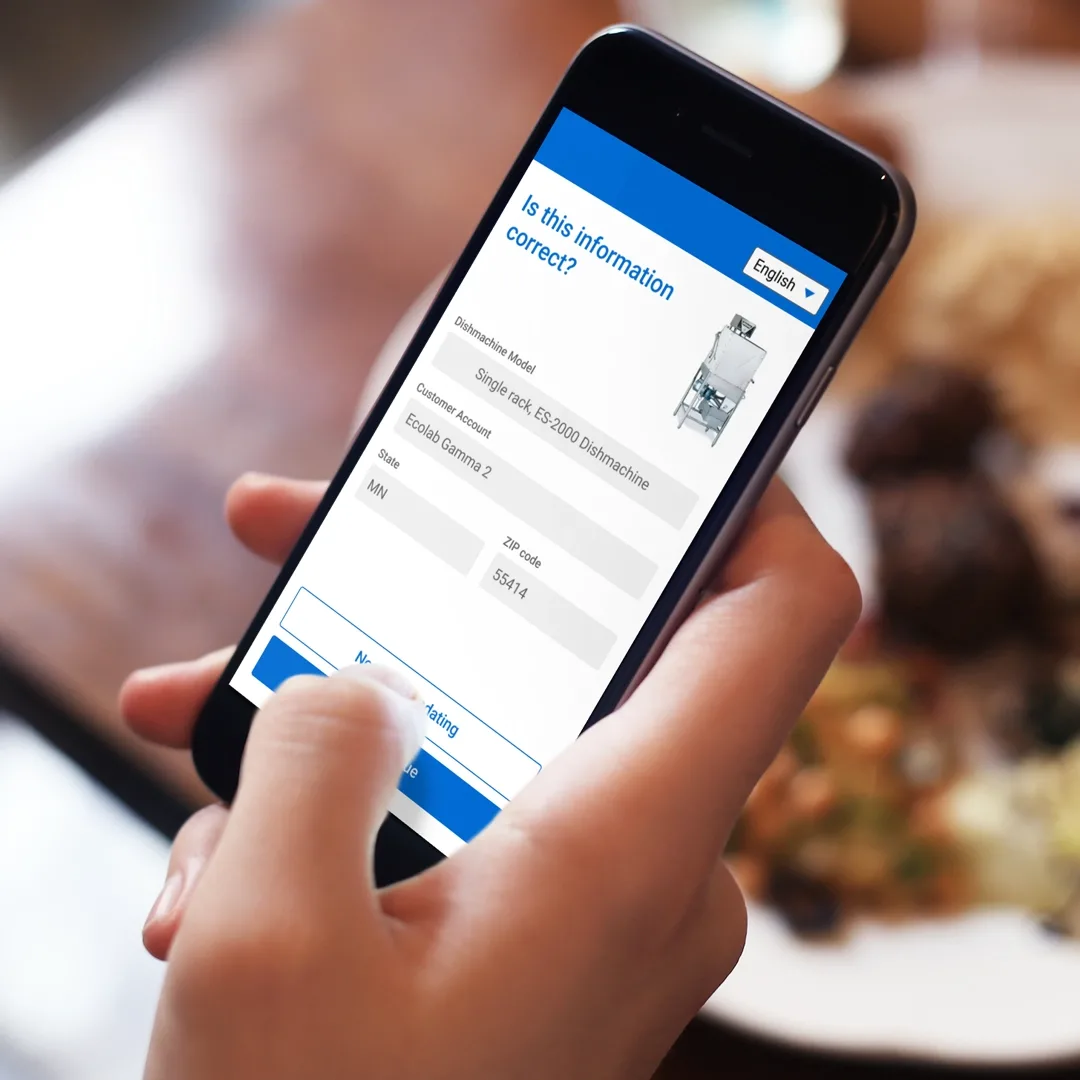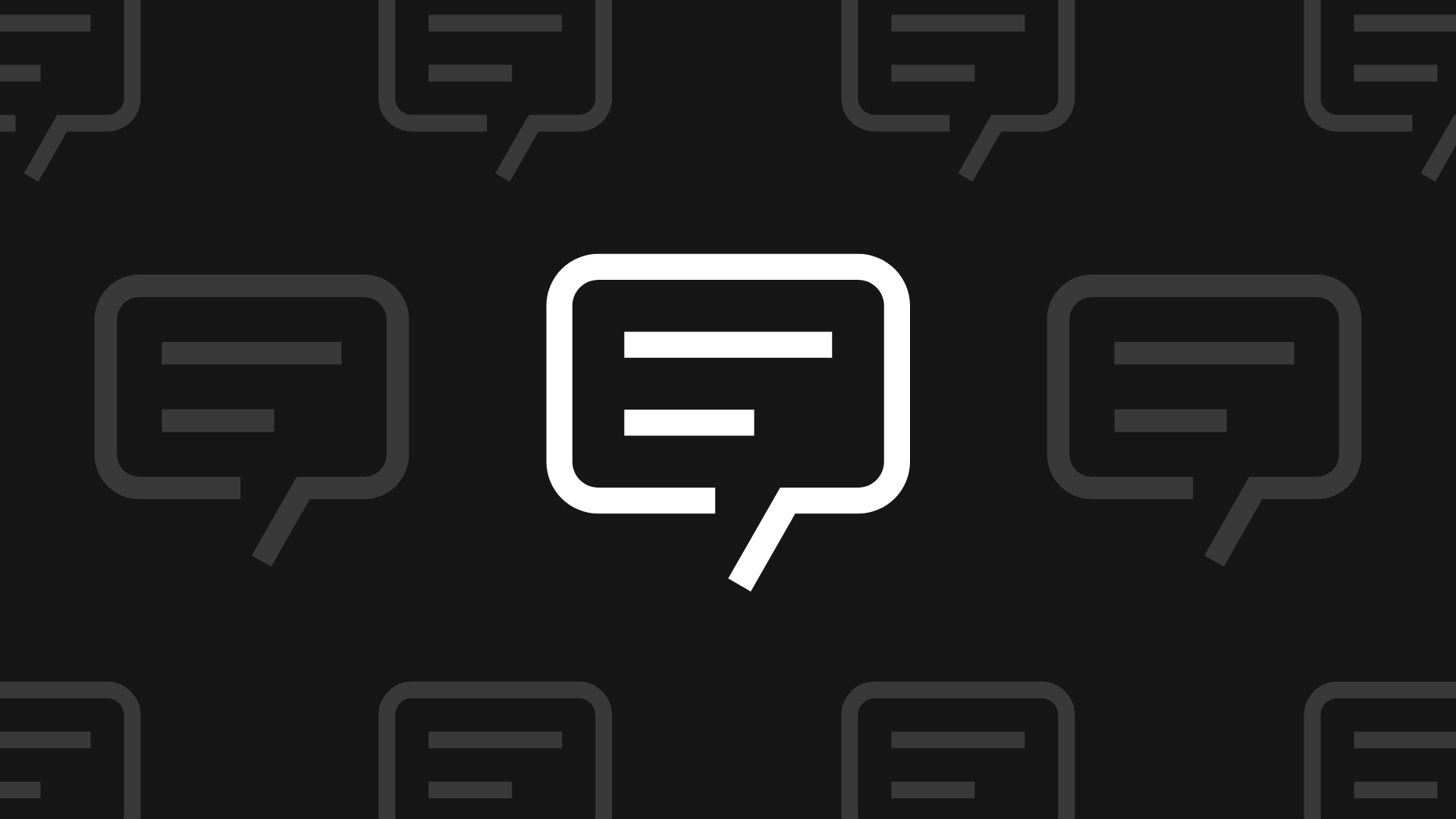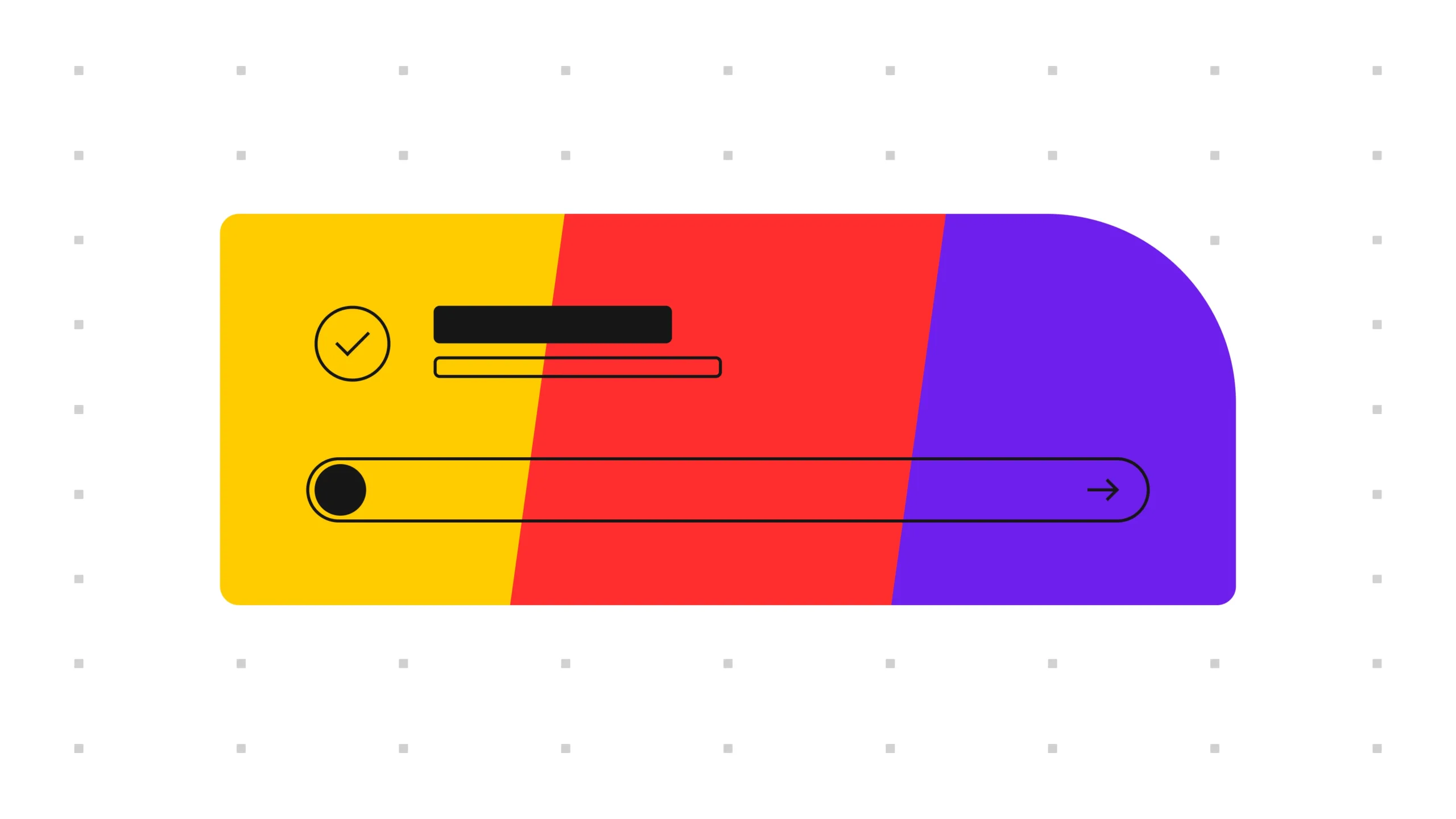In this article
- What if your product isn’t keeping up?
- The warning signs: When products fall behind
- The AI integration challenge: Why legacy systems can’t keep up
- The benefits of modernizing products: getting it right
- How to approach modernization
- Real results from the field
- Take the next step: modernization consultation
What if your product isn’t keeping up?
Sarah leads product development at a growing manufacturing company. She watches her field reps struggle with the same clunky software that worked fine five years ago but now feels like a relic. They spend more time fighting the system than serving customers. Sound familiar?
Even great companies can outgrow the tools they once relied on. We’ve seen it again and again: organizations trying to deliver modern experiences with digital products built for another era. It’s not sustainable, and your teams know it.
The challenge isn’t just about outdated technology. Modern B2B products need to be resilient, relevant, and drive real results. Your users expect the same seamless experience they get from their favorite consumer apps. When your product can’t deliver that experience, it creates friction that ripples through your entire organization.
Product modernization isn’t just a technical initiative, it’s a business imperative that affects everything from employee satisfaction to customer retention.
“We see it all the time—companies trying to deliver modern experiences on systems built for another era. It’s not sustainable.” — Jenny Holman, CEO
The warning signs: When products fall behind
What leaders feel first
If you’re overseeing a digital product in a large organization, you’ve probably felt the pressure mounting. There’s the frustration of watching talented teams struggle with tools that make their work harder instead of easier. You see the toll it takes when people can’t deliver the quality they want because the system won’t let them.
Then comes the creeping insecurity. You start noticing how much smoother your competitors’ processes seem. You hear customers making casual comments about other companies’ self-service portals. Meanwhile, yours still requires phone calls for basic tasks. The fear of making the wrong investment decision keeps you up at night, especially when budgets are tight.
Many leaders find themselves caught in a scarcity mindset, thinking “We can’t afford to change” when the reality is “We can’t afford not to.”
“There’s often a quiet tension between what teams need and what the product can do. That disconnect creates real friction.” — Chelsey Mona, Director of Experience Design
How it shows up across your organization
The symptoms of outdated products don’t stay contained in one department. They spread like cracks in a foundation.
Your engineering team spends most of their time maintaining brittle, inflexible architecture instead of building new features. They’re constantly putting out fires rather than innovating. Meanwhile, your customer success team creates manual workarounds for gaps in the product. All of it results in slower response times and creates inconsistent experiences.
Sales teams struggle to demo features that don’t work reliably, and marketing can’t promote capabilities that customers find confusing or incomplete. The data you need to make strategic decisions is trapped in disconnected systems, giving you an incomplete picture of what’s actually happening.
Perhaps most telling, your best people start looking elsewhere. They want to work on products they can be proud of, not systems that hold them back.
The AI integration challenge: Why legacy systems can’t keep up
Here’s what we’re hearing from leaders across industries: “We know we need to adopt AI, but our systems aren’t ready for it.”
Generative AI isn’t just another software tool you can bolt onto existing systems. It requires clean, accessible data, modern APIs, and flexible architecture. Most legacy systems were built long before these requirements existed.
Consider what happens when a company tries to add AI-powered features to a product built on decade-old infrastructure. The AI needs real-time access to customer data, transaction history, and usage patterns. But that information lives in separate databases that don’t talk to each other. The formats are inconsistent. The APIs are outdated or nonexistent.
Even if you manage to connect everything, legacy systems often can’t handle the computational demands of AI processing. Response times slow to a crawl, or worse, the system crashes under load.
This creates a frustrating cycle: companies invest in AI tools that promise transformation, only to discover they can’t actually implement them without first modernizing their entire tech stack.
Modernizing existing systems is the first step toward AI adoption
Modernizing legacy B2B products and digital ecosystems isn’t just about improving user experience; it’s the essential first step to preparing your organization for AI adoption and other emerging technologies. By creating clean, accessible data foundations and flexible technical architectures, companies build the infrastructure needed to layer on advanced capabilities like artificial intelligence and advanced automation.
Organizations that take these modernization steps now position themselves to integrate quickly as new technologies emerge and mature. Those with outdated systems remain stuck watching competitors leverage innovations they can’t implement.
The benefits of getting it right
When modernization is done thoughtfully, the benefits extend far beyond the product itself.
Operational efficiency
Operational efficiency improves dramatically when automated systems handle routine tasks and streamlined workflows eliminate unnecessary steps. Teams can focus on high-value work instead of administrative overhead.
Business agility and transformation
Business agility increases when systems can adapt quickly to changing requirements. You can respond to market opportunities faster, test new approaches with less risk, and pivot when conditions change.
User experience
User experience transforms for both customers and employees. External users can accomplish more on their own, reducing support costs while increasing satisfaction. Internal users spend less time fighting the system and more time delivering value.
Alignment
Perhaps most importantly, internal alignment strengthens when everyone can see how their work contributes to shared goals. IT, product, sales, design, and leadership start pulling in the same direction instead of working around each other.
“One of the most overlooked benefits is employee adoption. When you co-create with internal teams, they’re more likely to champion the solution.” — Kasey Ross, Director of Change Strategy
How to approach modernization
Clockwork approaches product modernization holistically, focusing on the entire ecosystem rather than isolated technology updates. Our four-phase methodology emphasizes building flexible foundations that support current needs while preparing for future opportunities like AI integration.
We adapt this framework to each client’s unique situation and constraints. In doing so, we help our clients determine which modernization aspects to handle internally versus with specialized expertise.
See why phasing matters in product modernization →
Real results from the field
Manufacturing Global Leader
This company’s legacy systems were creating bottlenecks across their global operations. Field feedback took weeks to reach decision-makers, and siloed data made it impossible to spot trends or opportunities.
We guided them through our four-phase process, working within their existing Salesforce environment to validate concepts, build prototypes, and scale solutions across regions. The result was stronger leadership alignment, field-tested improvements, and a clear roadmap for global expansion that didn’t require replacing core systems.

View our case study: Manufacturing Global Leader
Leading Insurance Health Benefits Company
Years of quick fixes had created a patchwork of tools that confused users and eroded trust in the platform. The company needed to modernize without disrupting ongoing operations.
Through UX-led design sprints, we modernized core features while building a scalable design system for future development. User engagement improved dramatically, and the internal team gained the foundation and confidence to continue improving the experience independently.

View our case study: Leading Insurance Health Benefits Company
Take the next step: product modernization consultation
Whether you’re dealing with aging systems or planning your next major initiative, a focused conversation with Clockwork’s product strategy team can help you move forward with clarity and confidence.
In a single session, we’ll assess your product’s current state and technical constraints, identify friction points with the highest ROI potential, and explore right-sized paths to modernization that fit your timeline and budget.
This isn’t a sales pitch. It’s a strategic conversation designed to help you make better decisions about your product’s future.
“If your product is overdue for a rethink—or if you’re not sure how to begin—let’s talk. Our team will meet you where you are and help you take the next best step.” — Jenny Holman, CEO




